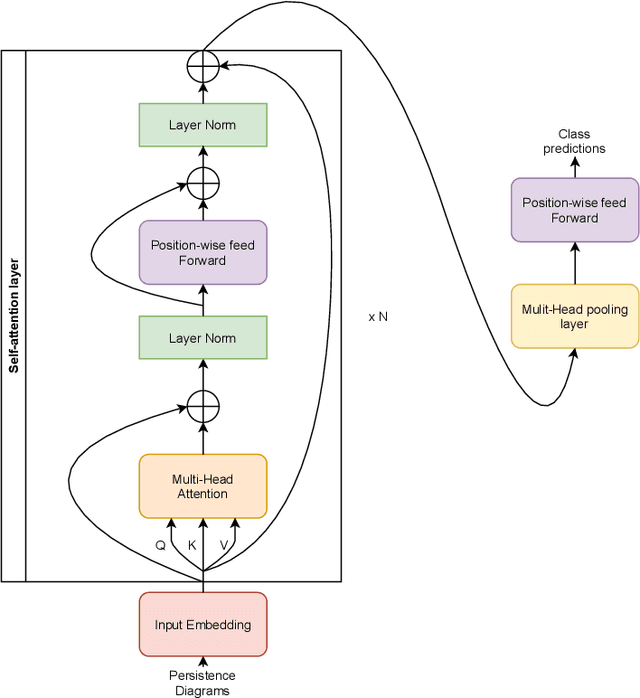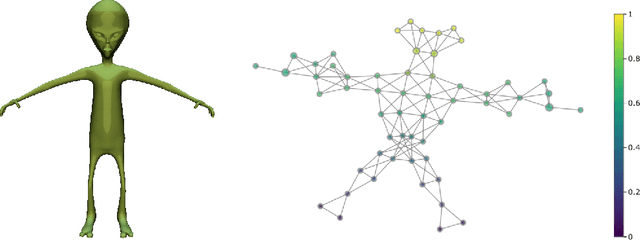Matteo Caorsi
Early Warning Signals of Social Instabilities in Twitter Data
Mar 03, 2023Abstract:The goal of this project is to create and study novel techniques to identify early warning signals for socially disruptive events, like riots, wars, or revolutions using only publicly available data on social media. Such techniques need to be robust enough to work on real-time data: to achieve this goal we propose a topological approach together with more standard BERT models. Indeed, topology-based algorithms, being provably stable against deformations and noise, seem to work well in low-data regimes. The general idea is to build a binary classifier that predicts if a given tweet is related to a disruptive event or not. The results indicate that the persistent-gradient approach is stable and even more performant than deep-learning-based anomaly detection algorithms. We also benchmark the generalisability of the methodology against out-of-samples tasks, with very promising results.
Persformer: A Transformer Architecture for Topological Machine Learning
Dec 30, 2021



Abstract:One of the main challenges of Topological Data Analysis (TDA) is to extract features from persistent diagrams directly usable by machine learning algorithms. Indeed, persistence diagrams are intrinsically (multi-)sets of points in R2 and cannot be seen in a straightforward manner as vectors. In this article, we introduce Persformer, the first Transformer neural network architecture that accepts persistence diagrams as input. The Persformer architecture significantly outperforms previous topological neural network architectures on classical synthetic benchmark datasets. Moreover, it satisfies a universal approximation theorem. This allows us to introduce the first interpretability method for topological machine learning, which we explore in two examples.
giotto-tda: A Topological Data Analysis Toolkit for Machine Learning and Data Exploration
Apr 06, 2020

Abstract:We introduce giotto-tda, a Python library that integrates high-performance topological data analysis with machine learning via a scikit-learn-compatible API and state-of-the-art C++ implementations. The library's ability to handle various types of data is rooted in a wide range of preprocessing techniques, and its strong focus on data exploration and interpretability is aided by an intuitive plotting API. Source code, binaries, examples, and documentation can be found at https://github.com/giotto-ai/giotto-tda.
 Add to Chrome
Add to Chrome Add to Firefox
Add to Firefox Add to Edge
Add to Edge